Where is Asia?
Asia is the world’s largest continent, containing more than forty countries. Asia contains some of the world’s largest countries by area and population, including China and India.
Most of Asia is in the Northern Hemisphere. The north of the continent sits within the Arctic Circle. The Tropic of Cancer passes through the south of Asia.
The Arctic Ocean is north of Asia, the Pacific Ocean is to the east and the Indian Ocean is to the south.
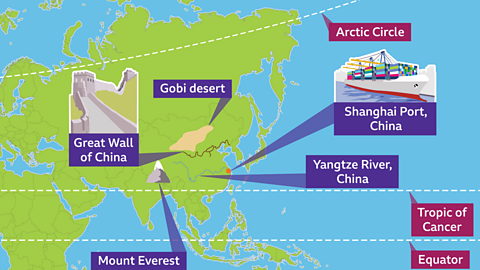
Physical geography
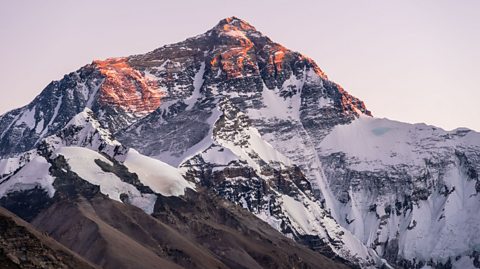
Features
The Himalayan mountain range is home to the highest mountain peak on earth, Mount Everest. The Himalayas were created when the Indian and Eurasian tectonic plates collided and rose upwards, making fold mountains.
Asia’s three longest rivers all flow through China: the Mekong River, the Yellow River and the longest river, the Yangtze. Its source is in the Himalayas.
The Brahmaputra River flows through China, India and Bangladesh. It is important for providing freshwater and irrigation to agricultural land.

Climate
Asia is a very large continent so its climate can be very different in one part compared with another. Asia reaches as far south as just below the Equator, where the climate is tropical: hot and wet.
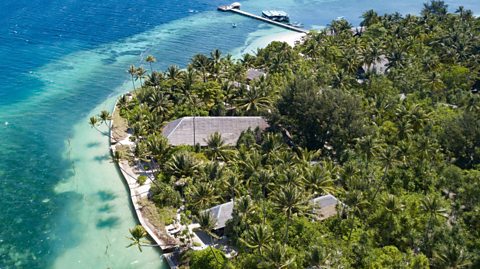
In northern areas of Asia such as northern Russia and the Arctic Circle, the climate is colder and very dry. The tundra biome exists here and temperatures can be as low as -60°C.
In the northern tundra, animals like the Arctic fox living in burrows and the Siberian tiger found in forests, have adapted to have white fur for camouflage in the snow. Some of these species are under threat of extinction.
The Sundarbans
The Sundarbans is the largest mangrove forest on earth and is in the world's largest river delta. The Sundarbans is six times the size of Greater London.
Mangroves are tropical trees that grow well in salty water. Their roots knit together to provide habitats and protect coastlines. Fisherpeople catch fish and crabs or gather honey in the mangrove forests.
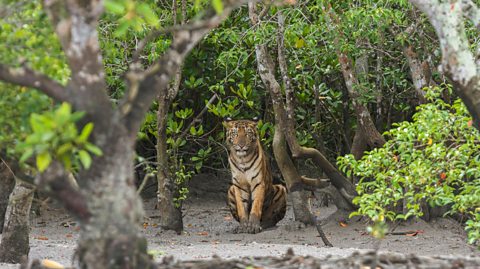
The Sundarbans is located at the mouth of the Ganges and Brahmaputra Rivers between India and Bangladesh. It is an important ecosystem famous for its large community of Bengal tigers.
Human geography
Asia is the most populated continent in the world. Key cities include Tokyo (in Japan), Chongqing (in China), New Delhi (in India) and Karachi (in Pakistan).
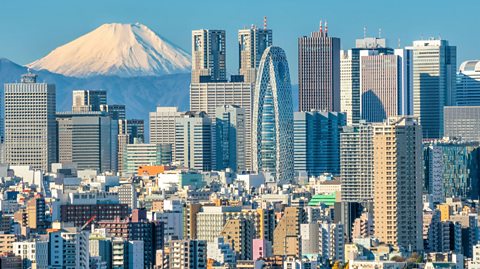
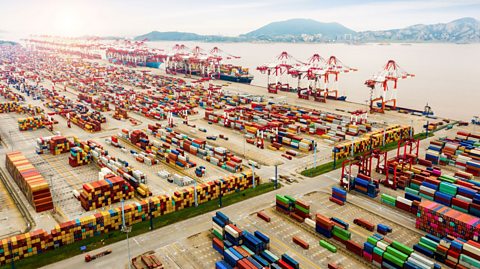
Asia contains some of the world’s largest ports. These are where container ships come to have imported goods removed. Then goods for export to other countries are loaded onto them.
Shanghai Port in China is the world’s largest and busiest port. Goods manufactured in China are shipped all around the world from Shanghai.
Shanghai is located at the mouth of the Yangtze River which flows from the west of China. This location makes it ideal for domestic and international trade.
China's top trading partners are the United Kingdom, the United States of America, Hong Kong, Japan, Germany, and South Korea. The top exports of China include broadcasting equipment, computers, office machine parts and clothing.

Activity: Quiz – Asia
Get ready for the SATs with videos, activities and games
Refresh your knowledge and practise your skills for the maths and English SATs.

More on The 7 continents
Find out more by working through a topic
- count5 of 14
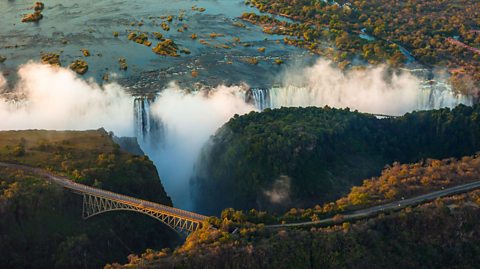
- count6 of 14
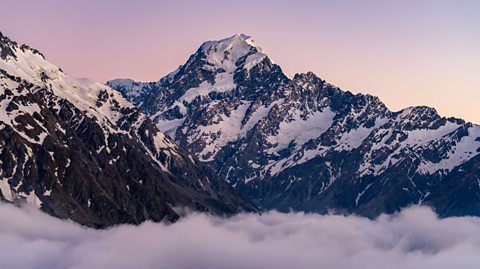
- count7 of 14
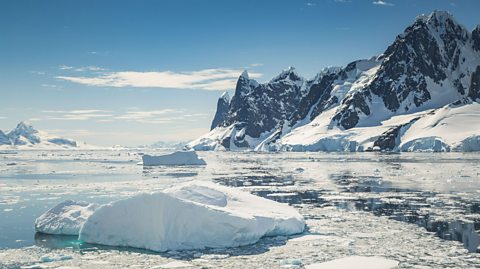
- count8 of 14
